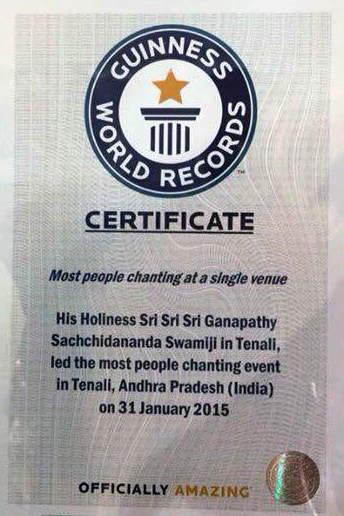Significance contained in Ganapati’s birthday:
Ganesh Chaturthi is the birthday of Lord Ganapati and is celebrated every year on the 4th day of the waxing fortnight, during the month of the Bhadrapada (the 6th month as per the Indian calendar).
Sixth month- The number 6 symbolizes that the energy, which we are worshipping as Ganapati, is over and above the 5 basic elements of earth, water, fire air and space.
Waxing fortnight- This signifies knowledge (jnana).
The 4th day (Chaturthi)- It symbolizes that this God is over and above the 3 attributes of Nature (trigunas) and also over and above the 3 states of existence (waking, dream and deep sleep states).
Therefore, in a nutshell, it can be said that the Supreme Lord who is over and above the 5 basic elements, the 3 states of existence as well as the 3 attributes is being worshipped on this day in the name of Ganapati.
Among the 6 chakras (spiritual energy centres), the base centre is the Mooladhara Chakra. Lord Ganapati is the primordial deity for this centre. This is also the reason as to why He is worshipped before commencing any task.
Symbolism behind his form:
His elephant head symbolizes limitless strength. It emphasizes that He is one who cannot be defeated. His large head symbolizes His wisdom. Small eyes show that He can see things far away and understand all happenings minutely with His foresight. The large ears display His ability to hear in great detail everything that is expressed.
The ‘pasha’ (noose) held in His hand shows that illusion is under His control. ‘Ankusha’ (goad) states that ego is under His control. The single tusk depicts the ultimate victory –the one from which there is no return. His big stomach contains in it all the secrets. The snake is the sleeping Kundalini. The rat symbolizes the destruction of all the secrets of the enemies. Ganapati sitting or standing on the rat means that He drives away spiritual ignorance. The existence of both the rat and the snake near Him teaches that a person has to give up jealousies, enmities and hatred and has to live in peace and harmony. The trunk symbolizes the Pranava mantra (AUM).
-(Bhaktimala Oct 1983, Oct 1988 & Nov 1985)
Ganapati has tiny eyes (sūkṣma netra) which imply ‘do not see evil’. The large ears imply ‘do not hear evil’. Ganapati eternally keeps the trunk folded and turned to imply ‘do not speak evil’. The famous principles of life, more commonly popular as Gandhiji’s principles, i.e. don’t see evil, don’t hear evil and don’t speak evil, are in reality the principles adopted by the ancient seers or Maharishis.
When we worship Lord Ganesha, we seek wealth, happiness etc. We secure from Him the happiness that we seek, but we fail to secure the jnana (knowledge), which is in fact most essential. Hence first learn to seek Jnana.
- Bhaktimala Nov 1982 & Jan 1984

